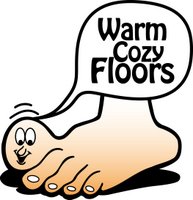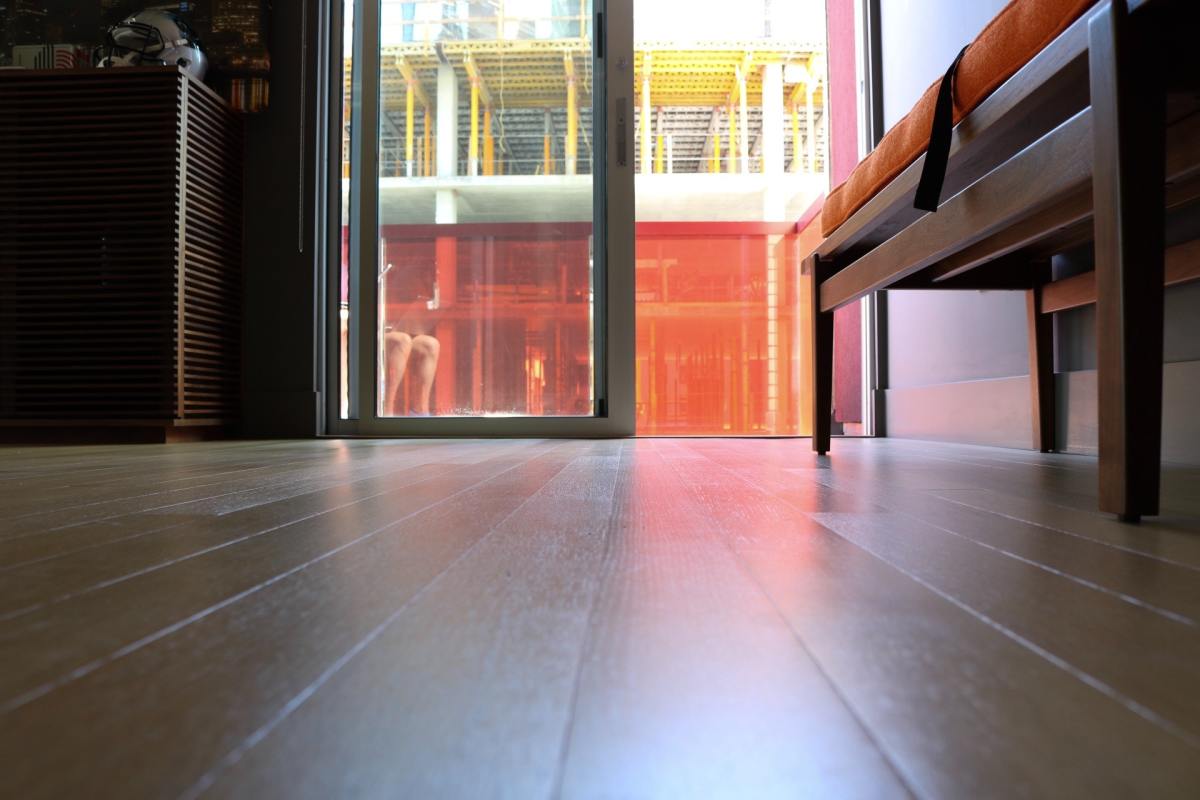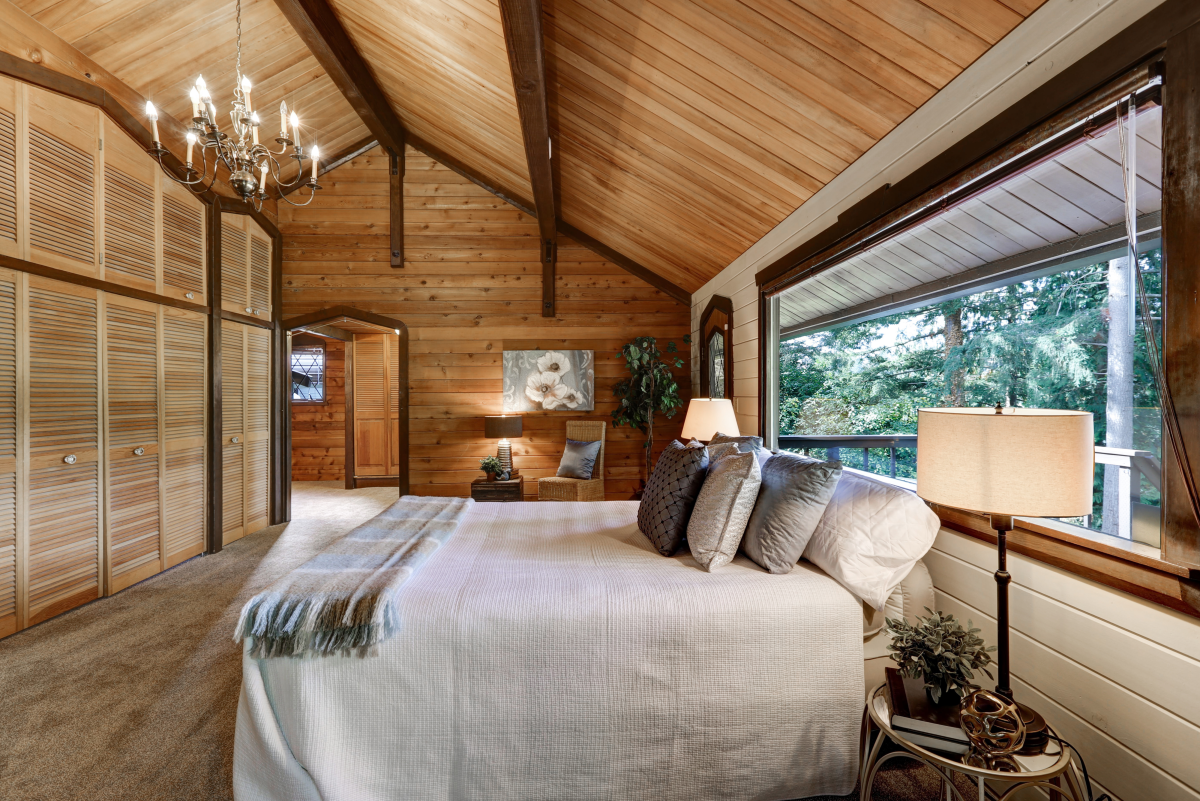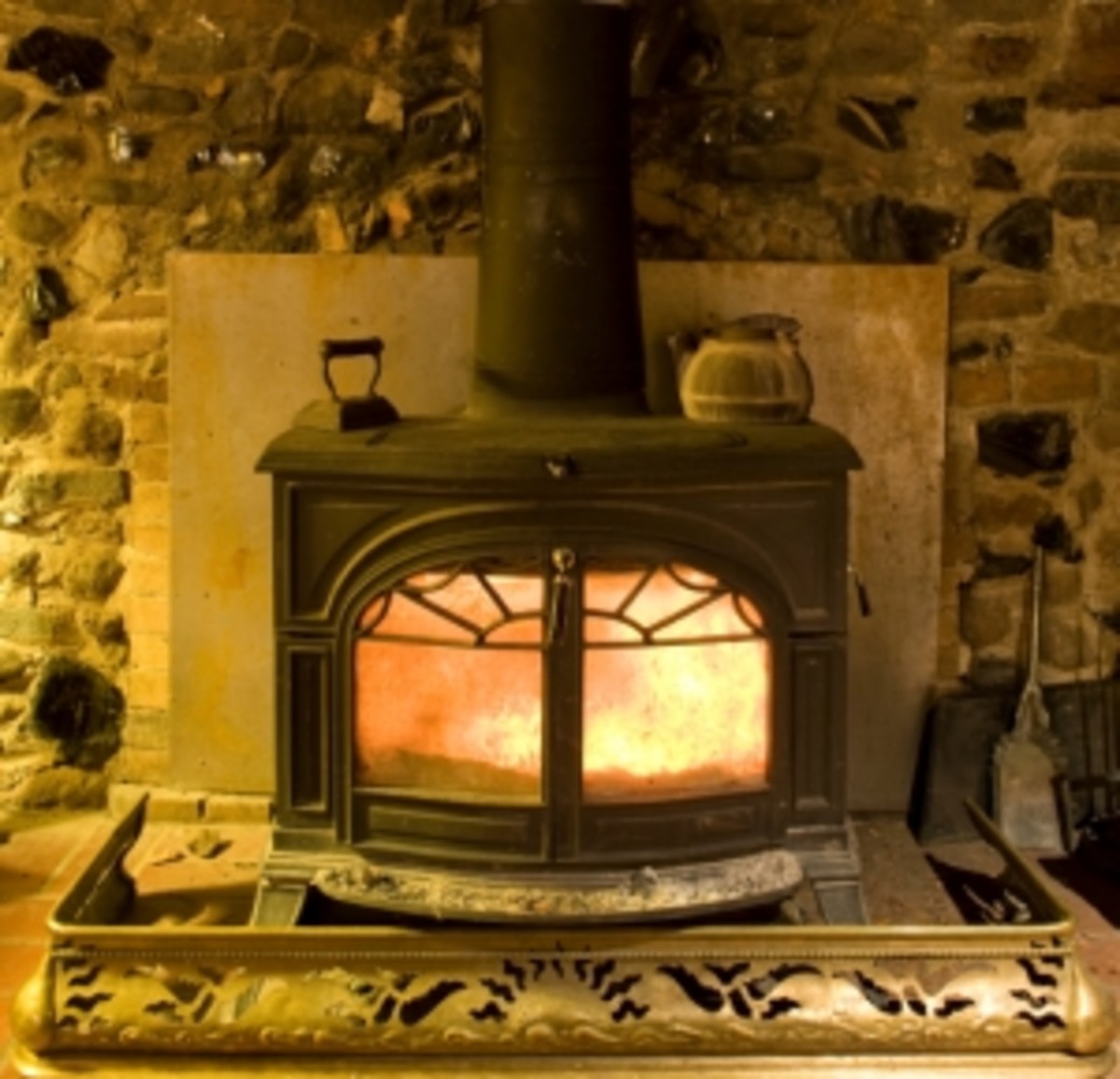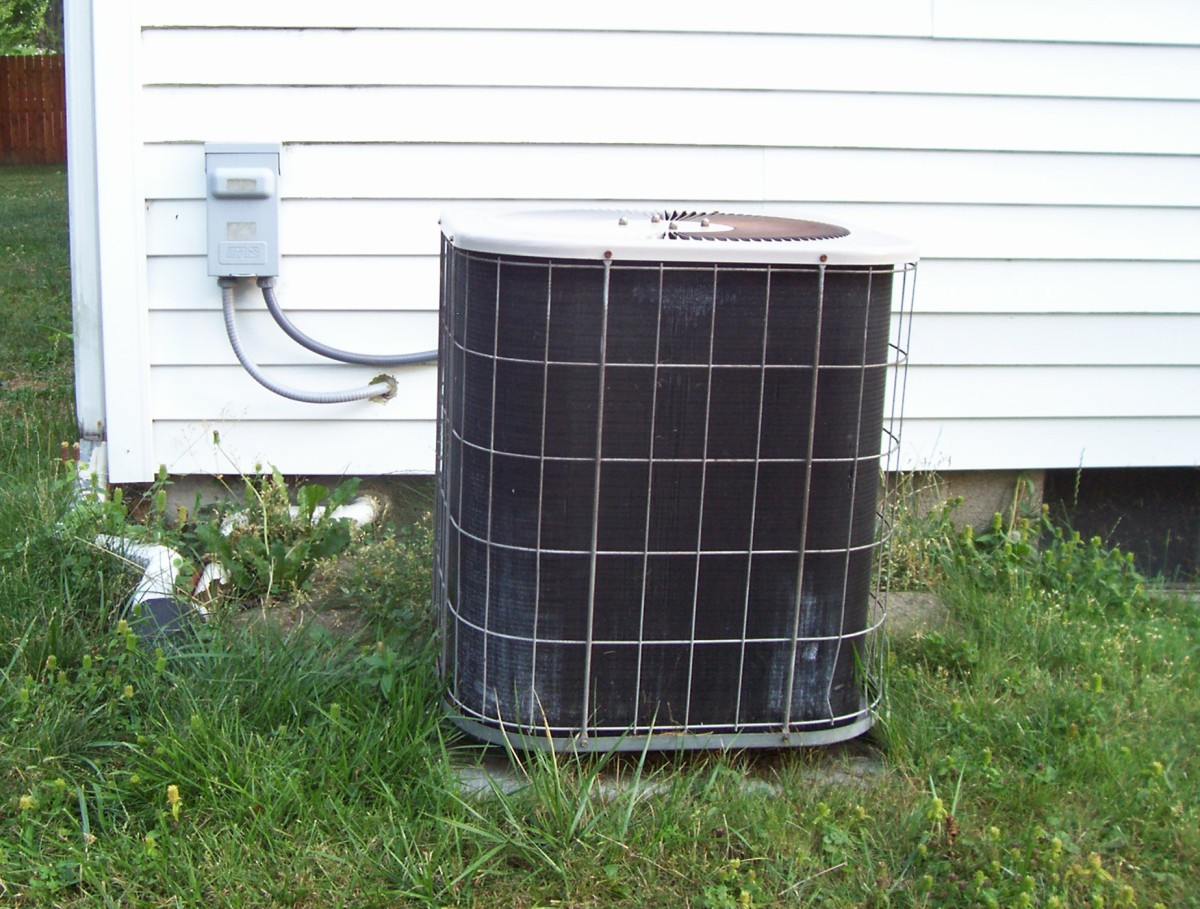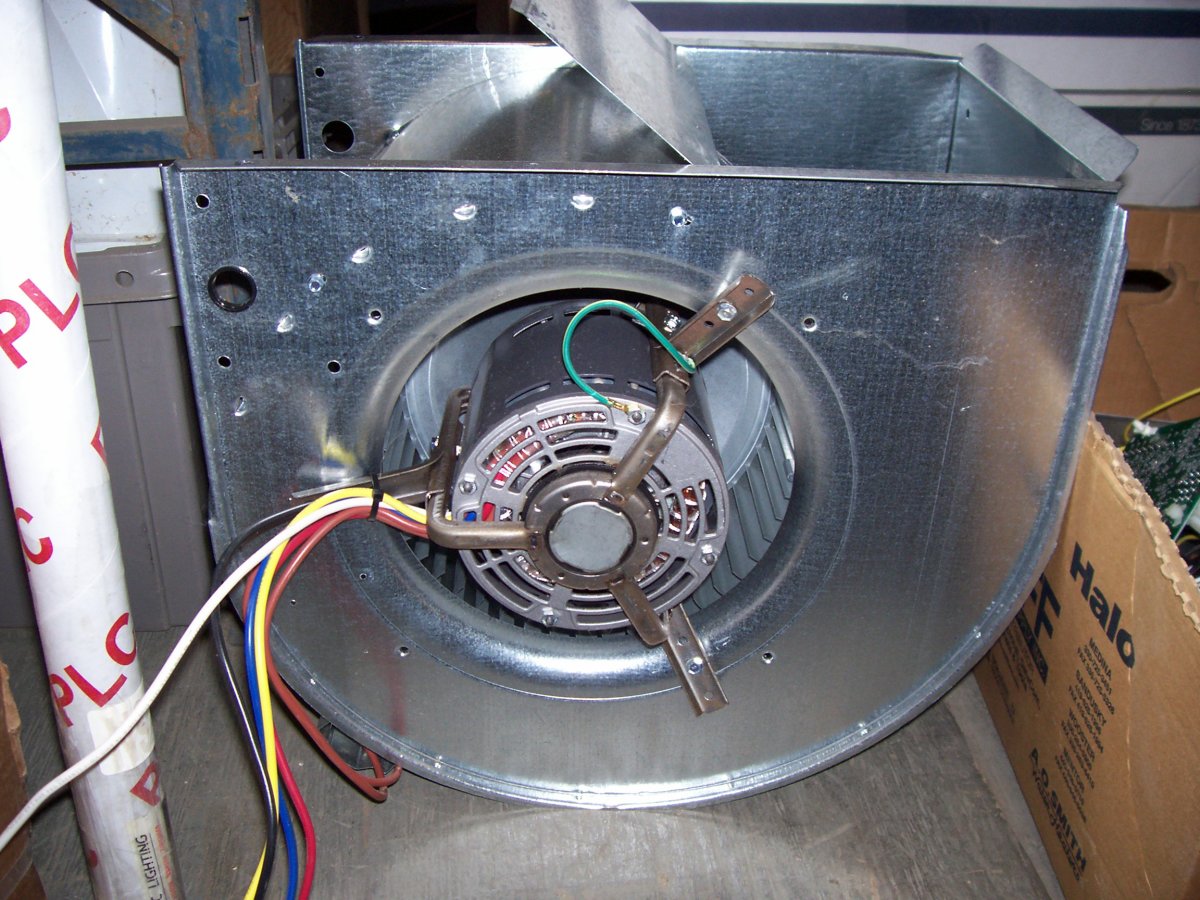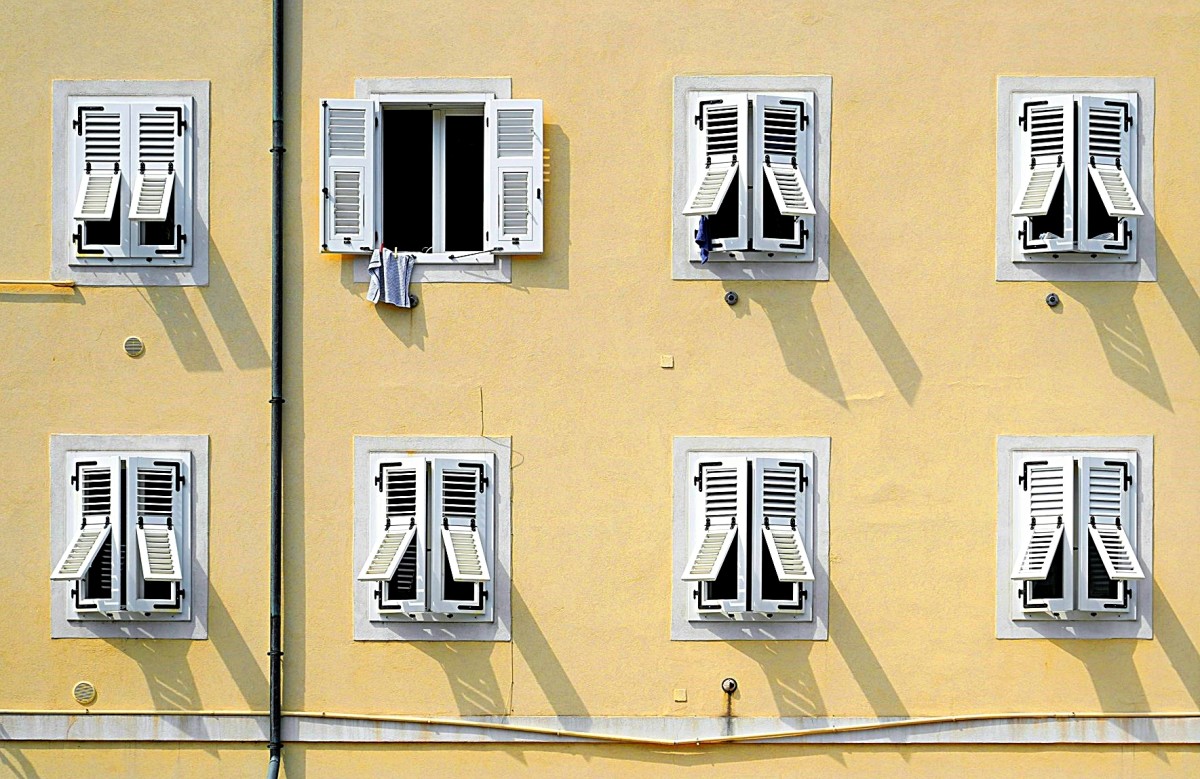Radiant Floor Heating Systems

What is Radiant Heat?
Winter mornings can be miserable when stepping out of a warm bed onto a cold, hard floor. Radiant floor heating is produced by electric heating coils or water heated tubing placed under your home's floors to produce radiant heat, warming everything it touches and radiating throughout the room from the floor up.
Imagine being able to get up and go from room to room with consistent warmth from the floor to the ceiling. Contrary to what many may believe, radiant floor heating (RFH) is not as expensive as you may think, and can save on heating costs by up to 50 percent.
The best candidates for full RFH systems in the home are new ones that plan for this type of heating system in their blueprints. Those with older homes usually choose single room installations such as a kitchen or bathroom. Radiant heating systems are quiet and better for allergy sufferers than forced air heat.
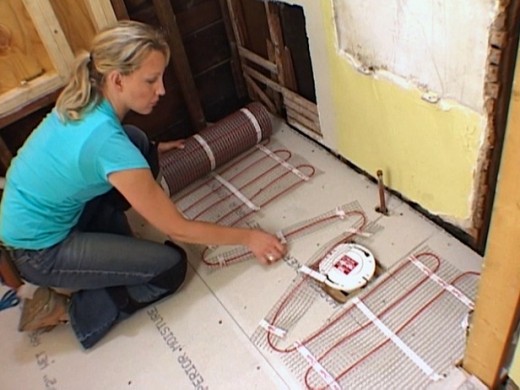
Electric Radiant Heat
Electric radiant heat has more flexibility in that it can easily be added to existing homes, and only in the rooms the homeowner chooses. Top room choices for adding electric radiant heat include bathrooms, kitchens, and family or living rooms.
Electric radiant heating systems can be installed under tile, stone, wood or carpet. Most electric heating systems will cost between $300-$2,000, depending on the size of the room planned for installation. Professional installation can be done and fees will vary amongst contractors. No experience is needed for this project to be done by the homeowner as a weekend DIY project, especially when using a radiant roll and a simple thermostat control.
Electrical requirements are usually between 15-amp or 20-amp circuits. If you don't have electrical wiring experience, be sure to hire a licensed electrician to ensure that your heating system is properly and safely wired.
Hydronic Radiant Heat
Hydronic radiant floor systems are the most popular and cost efficient radiant heating systems. Installation costs can be costly due to labor and supplies. The process requires the placement of tubing, in a pattern, underneath the floor for which heated water can be circulated. The temperature of each room is controlled by regulating the flow of hot water through each tubing loop.
Radiant Heat vs Forced Air
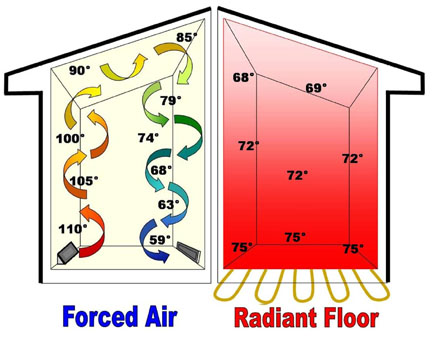
Radiant Heat
- Improves circulation by keeping your feet warm.
- Keeps your furniture, curtains and walls clean and the floors dry.
- There are no vents or baseboards, so furniture can be placed anywhere in the room.
- Zone control allows selected areas to be heated at varying temperatures.
Forced Air
- Objects are only as warm as the air around them.
- Hot air rises, so floors will be the coolest temperatures and other areas may encounter cold spots.
- Forced air also brings dust, pollen, mold, and dirt to life to be spread throughout the home.
- Drafts, poor insulation, and leaky doors and windows can cause energy costs to rise.
Health Benefits of Radiant Heat
Radiant floor heating has less heat loss from opening outside doors of windows like other heating systems, and doesn't dry out the air in our homes. Allergy sufferers on average have fewer problems if they live in a home with radiant heat.
Radiant floor heating systems also can improve our overall comfort levels. The human body is most comfortable when our feet and bodies are warm at 75 degrees, while the head remains cooler at the 65 degree range, making us more alert. Radiant heat helps by keeping floors and walls warm without the room being hot and stuffy.
